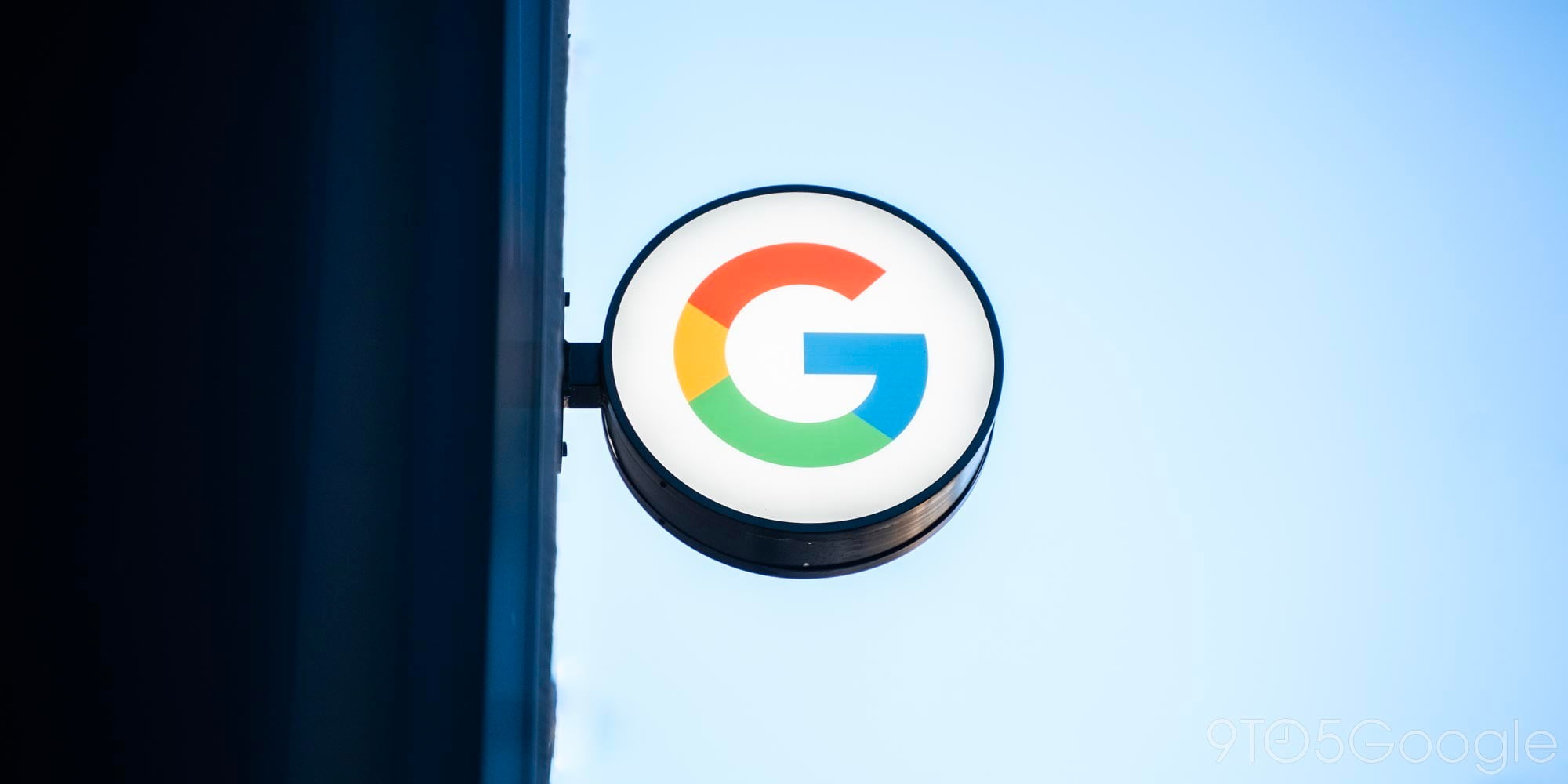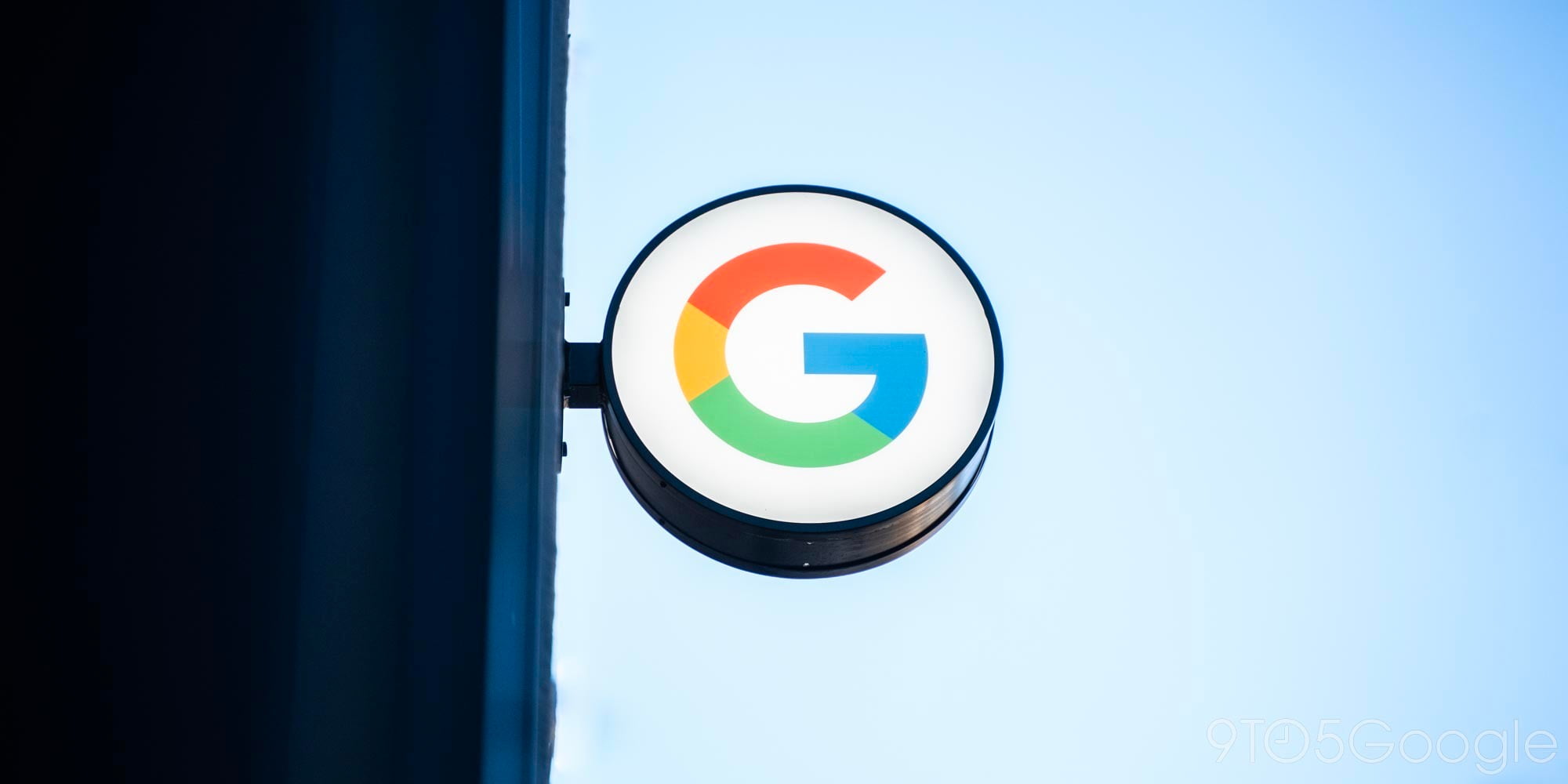Google is postponing support for its 3D Touch-like feature for Android

With the announcement of the Apple Watch‘s “Force Touch” first and the iPhone 6s‘ 3D Touch after, Apple introduced a new, intriguing way to interact with our screens, matching interesting software features with the pressure-sensitive panel behind the actual display.
Predictably, despite some devices like Huawei‘s Mate S or ZTE‘s Axon Mini already supporting some sort of similar, proprietary technologies, Google was rumored to be working on a system-wide implementation for all Android OEMs to use. However, as Recode reports, the support for such a feature seems to have been put momentarily on hold…





